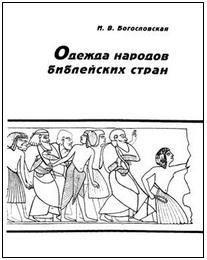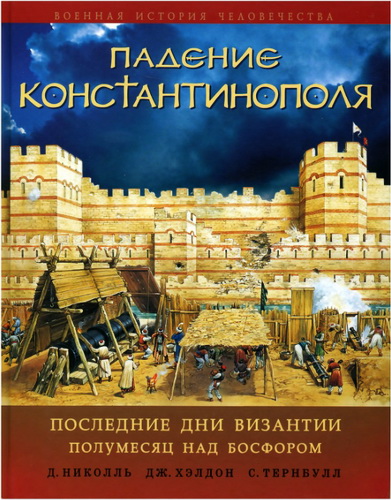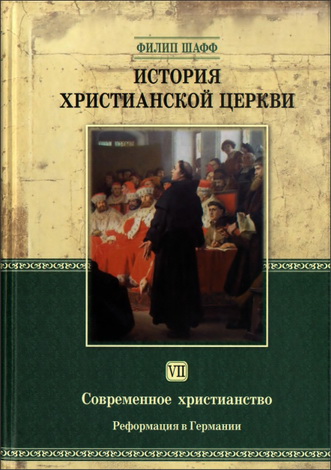
Marshner - Monastery and High Cross

On July 20, 2006, Eddie Fogarty was operating a peafrdigger in a bog in Faddan More, County Tipperary. He saw something odd fall out as he scooped up a bucket of peat. The words in mile lacrimarum—“in the valley of tears,” from Psalm 84—were just vis- ible amidst the peat. Fogarty quickly covered the gooey pile with a damp cloth. Doing so preserved the 1,200-year-old manuscript he had just discovered.
Now known as the Faddan More Psalter, this was the first early medieval manuscript to be found anywhere in the world in the last two hundred years. Sections of it are still legible to those who can read Irish majuscule, and it is on display in the Irish National Museum after years of meticulous conservation.
The cover was largely intact, having been made from a single piece of leather. Inside the cover was papyrus from Egypt. To find a book made the same way, conservators had to go to the binding of the Nag Hammadi codices in Egypt, fourth<entury Gnostic Gospels that had been discovered in 1945.
Book scholars already knew that “the majority of extant early medieval manuscripts that have come down to us in their original bindings (and this is a minute percentage of what existed originally) also display distinct technical features of the Coptic and Byzantine tradition.”1 Scholars had long speculated about the possibility of direct contact between Egypt and Ireland. The Faddan More Psalter confirmed it.
Egyptian papyrus lining a book in an Irish bog? Coptic bindings on medieval manuscripts? Egyptian monks in Ireland?
What’s going on here?
What’s going on is tangible proof that monks from the Egyptian desert came to Ireland in ancient times, bringing with them not only the art of bookbinding but also their monastic traditions, art, architecture, and patterns of devotion. Their presence is not mentioned by St. Patrick or later chroniclers, and it is known there were Christians in Ireland before St. Patrick arrived in the fifth century, so it is not unreasonable to surmise that they could have come as early as the fourth century.
Ireland’s golden age saw the creation of the oldest vernacular literature in Europe: poems and prose recorded in magnificently decorated and illuminated manuscripts in unique scripts; an amaz׳ ing collection of biblical and exegetical literature; the first codifica-׳ tion of Church law and of secular law; a pedagogy in Latin that set the standard for Europe for centuries; a unique hagiography; unique art in metal and stonework, and more.
New research is showing that some of what has been considered uniquely Irish actually may have its origin in Egypt and elsewhere in the Middle East, where Christianity began. This is the story of those origins, those traditions, and the Faith we still share.
Connaught Rose Marshner - Monastery and High Cross
Manchester, NH: Sophia Institute Press, 2024. – 274 p.
paperback ISBN 979-8-88911-158-0
ebook ISBN 97988911-159-7׳8׳
Connaught Rose Marshner - Monastery and High Cross – Contents
Praeteritio
Buiochas
Introduction
- 1. The Gaelic World
- 2. The Church of St. Patrick
- 3. Travel and Archaeology
- 4. The High Cross, from Armenia to Ireland
- 5. Monasticism
- 6. Marian Devotion in Ancient Ireland
- 7. Echoes of the East in the Liturgy of Old Ireland
Appendices
- 1. Beware Modern-Day Druids
- 2. Pangur Ban
- 3. Be Thou My Vision
- 4. Old Irish Hymn to the Blessed Virgin
Sources and Further Reading
About the Author




Комментарии (1 комментарий)
Большое спасибо! Расширяем лексику религиозного английского!